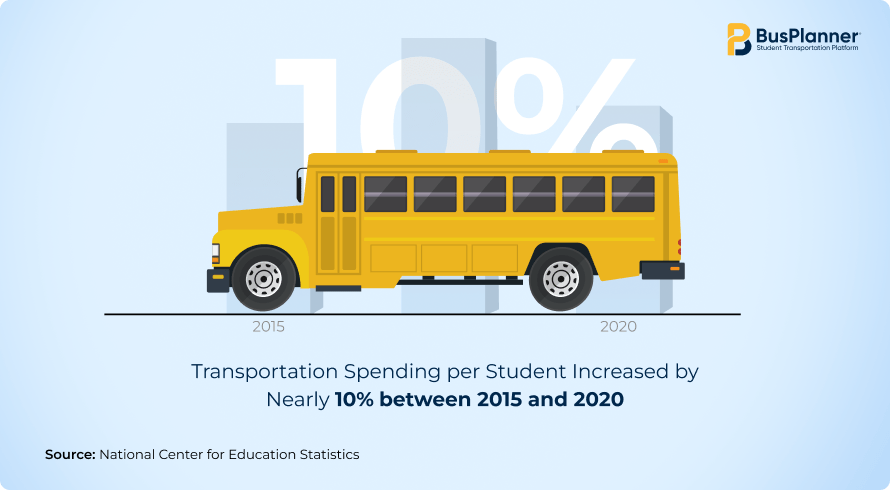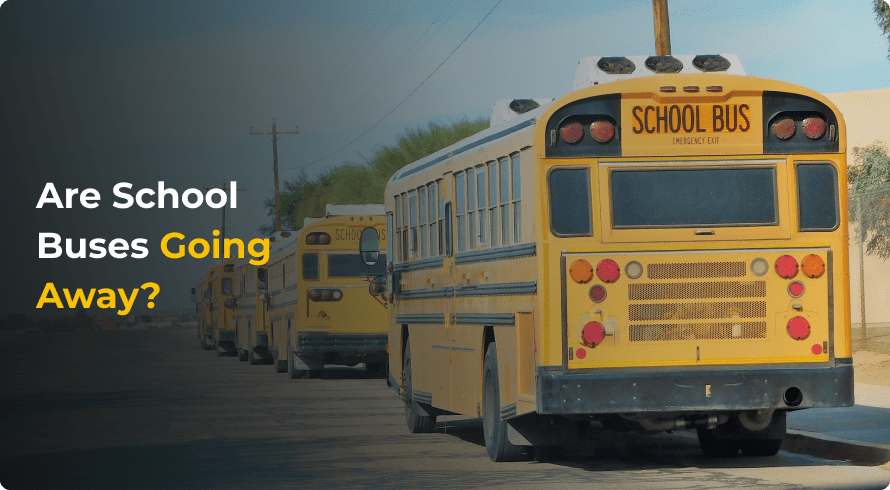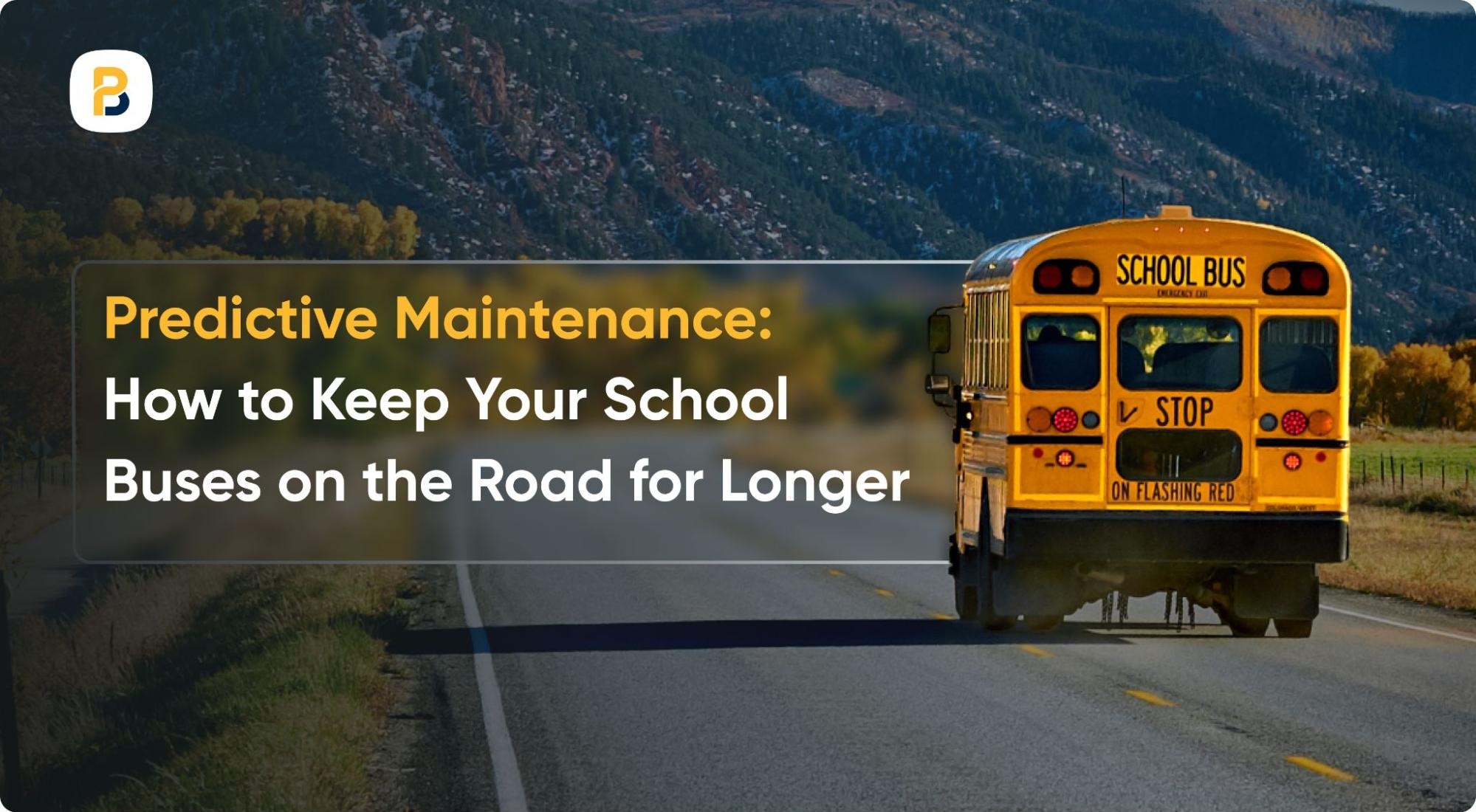Many students, parents, and transportation department professionals have started asking a very important question in recent times: Are school buses going away?
Several reasons have led to this question being raised, including driver shortages, budget constraints, and new technologies directed at transportation. Let’s look at what may be going on in the student transportation industry and whether school buses are fading away.
The School Bus Industry Continues to Grow
Every school day, nearly 500,000 buses ferry 25 million students to and from educational institutions across the U.S. The number of school buses on the road has continued to grow over the years, painting a clear picture of the industry’s growth.
According to the World Economic Forum, the school bus system in the U.S. is the single largest form of public transportation. It is much larger than the commercial bus transport despite the challenges that the industry faces.
Driver Shortages Are Becoming a Challenge
The ongoing shortage of school bus drivers has been haunting nearly every district in the U.S. The situation has worsened annually, with greater challenges arising with each step.
A 2022 survey found that 51% of school transportation professionals felt that the driver shortage in the industry was “severe” or “desperate.” The same survey by NAPT saw 78% report that the school bus driver shortage was getting “much worse”.
Some districts have found solutions to address driver shortages, such as optimizing routes and ride times. But the issue persists in many districts and needs to be addressed on a larger scale to carry the school bus industry forward.
The Budgets Are Tightening

Transportation has remained one of the most expensive parts of a school district’s budget after instruction and facilities. With increasing costs of fuel, parts, and maintenance, along with significant changes in tariffs, many districts have been forced to reevaluate whether running large fleets of buses is feasible.
National Center for Education Statistics reported that the transportation spending per student increased by nearly 10% between 2015 and 2020. The rising costs can slowly become unbearable for many school districts.
In response, some districts are beginning to explore new tools and strategies to manage these costs more effectively. Technology, including transportation management software, is becoming one way to gain better visibility into operations, identify inefficiencies, and make more informed decisions about resource allocation.
Alternatives May Be Taking Over
As challenges for the yellow bus industry rise, alternatives are also gaining momentum. Carpools and ridesharing are two major alternatives that have been increasing in many districts.
Meanwhile, some students may opt for the most environmentally friendly mode of travel, or walk to their schools if they live nearby. Micro-transit solutions, on-demand transportation services, are also gaining popularity in many districts and pulling some students away from using student transportation.
What’s The Verdict?
While the traditional model may be changing, school buses will take a long time to vanish completely. The number of yellow buses could decrease in some districts soon.
With technology offering alternatives, and self-driving vehicles hitting the roads to counter driver shortages, school buses could stay afloat and bounce back in the coming years to strengthen their supremacy.
To learn how your district can leverage a student transportation platform to keep operations efficient, reduce costs, and improve service, contact us!







